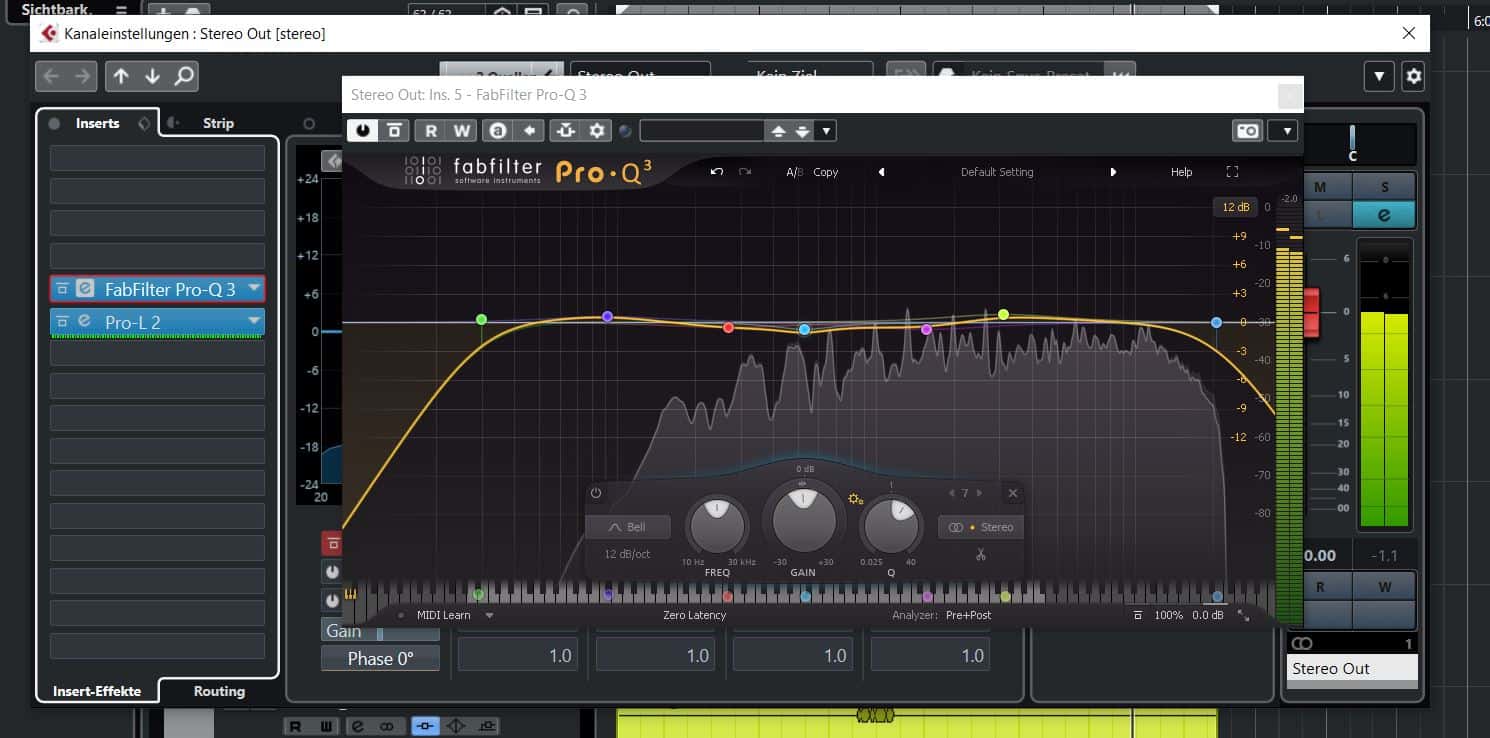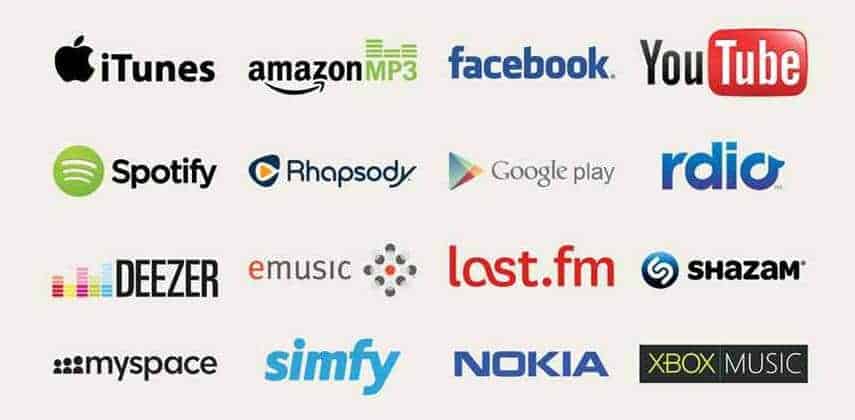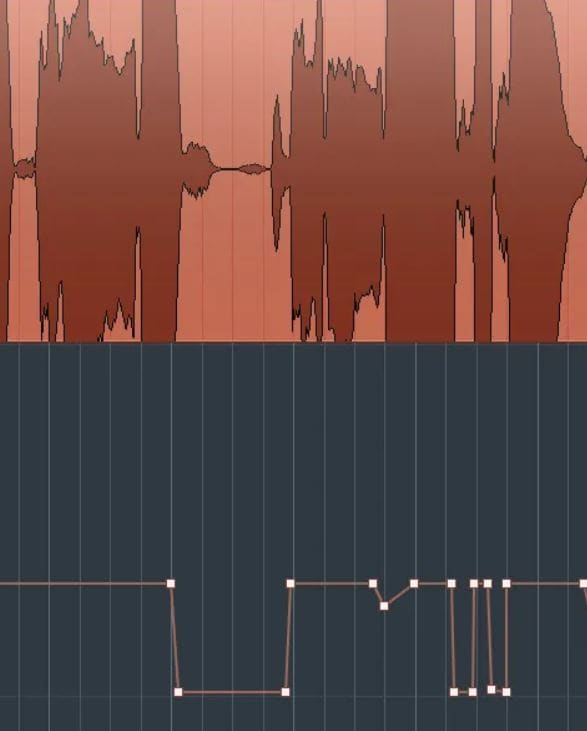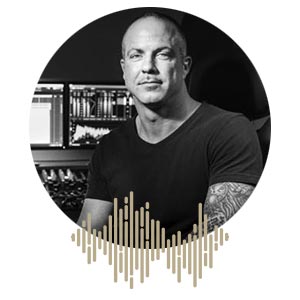ITunes, Youtube, Spotify, Amazon and co. - This is how your song should be!
Streaming Services Specifications. Loudness for uploading to Youtube, Itunes, Spotify, Amazon and co. (Status 07/2023)
When uploading songs for the respective streaming services, as well as when streaming mastering there are a few things to consider when it comes to audio specifications and loudness. You will find the following topics in our info tutorial.
- History of Loudness Limiting
- Loudness and specifications for the streaming portals
- Music distributors – pricing and specifications
- Why 2 dbTP headroom makes sense
- What is LUfs and how is it measured here
- Ways to increase the loudness
- Why some songs sound "louder" than other songs
- How loud should I master my song?
- Changes to loudness normalization at Spotify (from the end of January 2021)
- Dolby Atmos on Itunes (05/2021)
- Apple is moving to LUFS
- YouTube Music normalizes loudness
- Further information
History of loudness limitation on streaming portals - Loudness War
With "loudness was” refers to the increasing trend in the music industry to produce music at progressively higher loudness levels in order to produce a sound that is distinct from that of other artists. Initially, a so-called “loudness war” broke out between FM radio stations" out. A means of competing for ratings from listeners for each broadcaster. Soon after, record labels started adjusting the loudness of both their LP and their CD productions to increase. The main reason for this arms race lies in the (subjective) Advantages of the louder variant. Because there is a Subjectively better hearing impressionwhich can be traced back to the way the human ear perceives sound pressure at different levels.
In humans, the ability to react to different frequencies depends, among other things, on the sound pressure level; consequently, the more the sound pressure level is increased, the greater the number of perceptible high and low frequency tones. (Wikipedia)
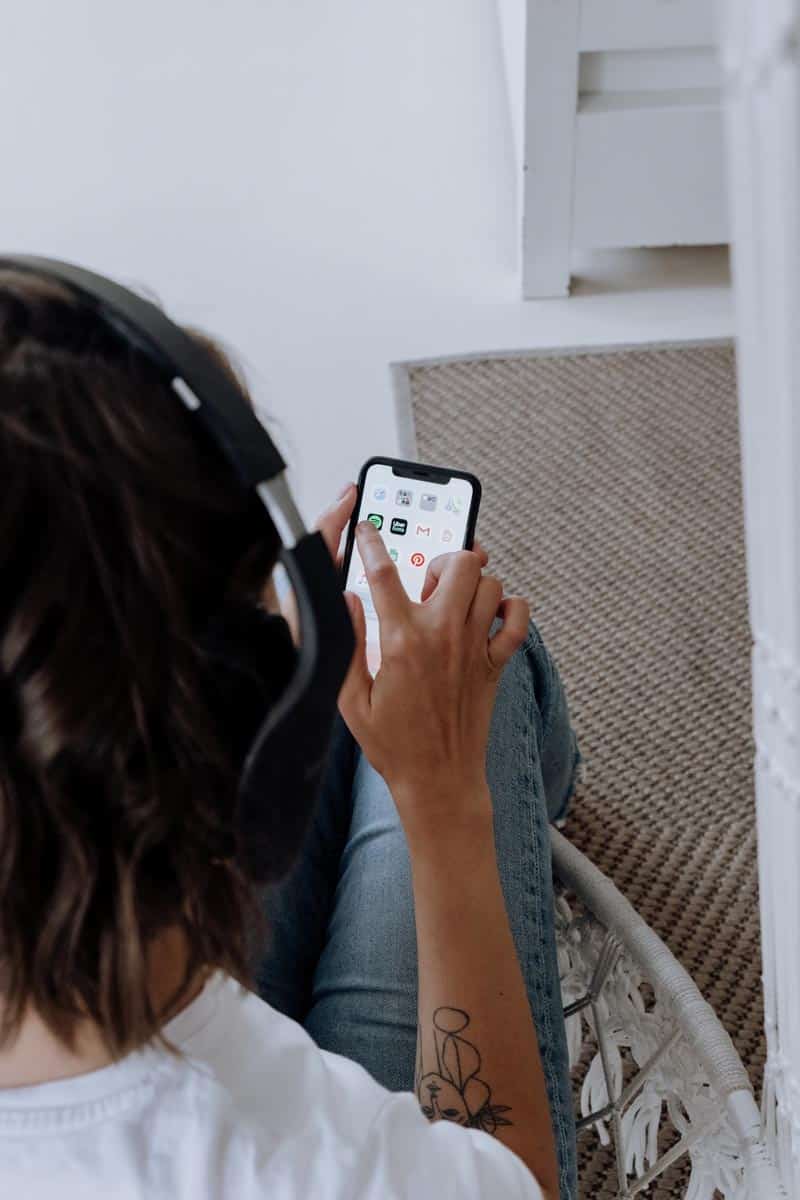
The "loudness war" takes place almost everywhere, regardless of whether it's the DJ who doesn't want his track to be lost in the DJ mix or who takes the pressure off the dance floor. The rapper who doesn't want his opponent to be louder than him. There was also a loudness war on television, maybe one or the other can still remember the times when you always had to turn down the volume during commercial breaks because the commercial was many times louder than the TV program, now only happens completely rarely right? This was in 2012 with the ongoing TV program "harmonized". The same goes for the loudness of public and private television stations. That worked well, except for a few "glitches", but it's different in the music industry. Here, I have the feeling, the loudness has reached a whole new level. Now it's a cold loudness war. Attempts at regulation are ignored and the (perhaps unintentional?) Tricks of the labels and engineers to outsmart the algorithms of the respective portals and still publish louder music than others are even more amusing.
After YouTube, Spotify, iTunes and other streaming services announced a few years ago that they wanted to "harmonize" music as well (they call it loudness normalization), the music suddenly got louder. Even music that has already been normalized by the portals still sounds louder than another track at the same volume as ours, for example online mixing and / or Online mastering has gone through.
Loudness wins every contest except the audiophile contest, unless anyone cares how it sounds, of course. -Richard Dodd (Recording/Mastering Engineer)
Loudness and your specifications for streaming services
Different providers, different policies. To make things a little easier for you, you will find a clear table with the upload specifications for the respective providers here. Status (March 2024).
These values do NOT mean that you should master your track like this, but what the streaming services do with it.
| Portal | Itunes | Amazon Music | Spotify | Youtube | Soundcloud |
| Loudness (LUfs) | -14 airs* | -14 LUfs | -14 LUfs | -14 LUfs | -9 LUfs |
| Headroom True Peak | -1 dbTP - -2 dbTP | -1 dbTP - -2 dbTP | -1 dbTP - -2 dbTP | -1 dbTP - -2 dbTP | -1 dbTP - -2 dbTP |
| bit depth | 16/24 (HD, Mfit) | 16/24 | 16/24 | 16/24 | 16/24 |
| Format | Wave, AAC, aiff | Mp3, m4a, wma, wav, ogg, flac, aiff | Wav, Flac | wav, | wav |
| Sample rate (khz) | 44,1 or higher | 44,1 or higher | 44,1 or higher | 44,1 / 48 / 88,2 / 96 | 44,1 or higher |
*Apple is moving to -14 LUFS
We have made all information available in a PDF for free download.
The most popular music distributors - pricing and specifications
Since there is now a large selection of music distributors and they also have different specifications regarding data delivery, we have a separate article the most popular music distributors summarized with their pricing models and specifications.
Why leave 2dbTP headroom?
STILL QUESTIONS ABOUT THE PERFECT SOUND WITH STREAMING PROVIDERS?
We would be happy to advise you on the ideal sound for the streaming services, so that your song is delivered in the best possible quality!
You can reach us by phone from Monday to Friday from 9 a.m. to 8 p.m.
Top Customer Service
Multiple award-winning
Over 20 years of experience
Highest quality standards
What does LUfs mean and what is measured here?
- Momentary loudness: Here, the last 400ms is used as the basis for calculation.
- Short-term loudness: Here the last 3 seconds are used for the calculation.
- Integrated loudness: Here, the entire playback period is measured.
However, this only applies to the “Replay Gain Algorythm” In the EBU 128 document, the relative gate for loudness measurement is -10 LU of the currently measured integrated loudness!
In short: If something is quieter than 10% of the signal over the entire length of the material, it will not be taken into account in the measurement, since there is usually noise or other undesirable noises in this area. If something is louder than 95% of the measured signal, this is not included in the calculation. This serves to ensure that individual noises such as explosions or a short loud scream do not influence the average value in order to achieve an even more objective measurement result.
More information about LUFS:
What is dbTP? – What is True Peak?
Intersampel Peaks and True Peak
Intersample peaks are usually generated when converting analog signals to digital signals. If the original sample information is missing between two amplitude points, this "merging of two amplitude points" finds one Interpolation instead of. So if you don't have enough headroom here, level peaks arise over 0 dbfs can go. Most DAWs do not recognize this "overload" caused by the A/D conversion, which can permanently degrade the sound image. So True Peak measures the intensity of the level peaks and gives the exact value in decibels. This can be represented in the value with both negative and positive signs. A positive value, eg +2,4 db true peak, is to be defined as overload.
More information about True Peak:
How do streaming services analyze audio material and how is the output volume determined?
Further information on the topic:
STREAMING MASTER FOR ALL PLATFORMS
With our analog streaming master we produce your track so that it is competitive on all portals and meets the respective specifications!
Opportunities to increase the loudness of your song
More information and example
I often get feedback from customers who write that the bass is already powerful and round, the mids are defined and the highs sound silky and clear. Saturation can of course be pushed much further by not only saturating the sum, as is usual with mastering, but also summing it up analogously during the mixdown. Here groups (stems) and each group is sent through a channel in the analog summer and brought back into the DAW. This is practically the cheaper alternative to the big consoles that you can still see in some recording studios.
Here's a little example of the totalizer: Yes, I know, it may sound unspectacular to many. It's just a mixdown. But if you listen closely, you will see that the 10% that differentiate a home production from a professional production are hidden right there. For "inexperienced ears" these only come after one professional mastering to the fore. In addition, there are other factors such as microphones, amps, the room and the converters that are used during recording. Even the samples you use make up the big picture here. Of course not to be neglected is an experienced engineer who mixes up the end result.

By downloading the video you accept the privacy policy of YouTube.
Read more
Why is my song quieter than other songs on Youtube, Spotify or Itunes?

By downloading the video you accept the privacy policy of YouTube.
Read more
background to the video
In the case of a master for a customer, after the streaming version for YouTube had been produced, he came back to us and described his problem to us. It was important to our client to sound so loud that his title could keep up with the songs of the great Major Labals. After analyzing his song and the pieces from the big major labels, our feeling tended again and again to the distribution of energy within the mix of the piece delivered by the customer. However, we were not able to put a precise figure on this, as we had not given enough thought to the calculation methods used by the individual portals, especially YouTube. This was also our concern, with which we turned to Andreas from Masterlab to create facts here by means of a third opinion.
You can find out exactly which tricks these are and what came out of the conversation in the following recorded live stream from November 05.11.2018th, XNUMX Masterlab Academy. Andreas Balaskas (Masterlab Berlin) and Chris Jones from Peak Studios tell you in NightTalk what the loudness of some productions can be.
How loud should I master my song?
Andreas Brede did this at the Triagon Academy as part of his thesis on the topic "Digitization in the music industry and the impact on mastering for streaming platforms” together with Peak Studios, in which we analyzed well-known productions from countless genres for their loudness on the streaming services.
So far we have published the following articles:
We bring out the best in your song!
Streaming mastering: should I master my song on -14 LUfs or not?
What does that mean for our production?
After we with the Mastering are finished in our desired loudness - let's assume a loudness of eg -9 LUFs here, let's normalize our title to -14 LUFs. We can easily do this by dragging the volume slider in our DAW down on our master until we reach our target value. Now we compare our track with our reference, which should have the same initial loudness, i.e. -14 LUfs. Now we can decide whether our decision to give the track more loudness was correct or not and adjust it if necessary.Why is a comparison to -14 LUfs necessary?
Spotify changes loudness normalization
Spotify will change its algorithm for loudness normalization from the end of January 2021. Spotify writes the following:
We are making four changes:
1. We have migrated all new ReplayGain loudness calculations to ITU 1770. The new calculation is used for values stored in the files and used by current clients.
2. We calculated the loudness and maximum true peak of all catalog tracks using ITU 1770 and stored the values in a database.
3. We switch new clients to use the database values instead of the values encoded in the files.
4. We change new clients so that our Quiet and Normal settings never apply a limiter (they only increase the volume as much as the max TP value allows). This value is usually around -1dbTP
1 and 2 are done, ie all new tracks use -14 LUFS (or -11 or -23) as normalization, also in old clients, on iOS, Android and Desktop.
(The behavior on other clients isn't changed, they still don't normalize the audio.)
3 and 4 will happen fairly soon, but probably not until mid/late January.
Until then, the change will apply to all tracks (not just new ones), and the limiter will also no longer be present in the “Quiet” and “Normal” settings. "]. Each track in a playlist now measures at -14 LUFS. Unfortunately, the -1 dBFS limiter is still there and I suspect that more material could now be affected by it, since the replay gain algorithm measured significantly louder values here.
So this means that more songs are now normalized to -14 LUfs as there are still some very loud passages in songs due to replay gain.

By downloading the video you accept the privacy policy of YouTube.
Read more
Dolby Atmos on Apple Music
3D audio with support for Dolby Atmos
Lossless audio
- 3D audio with support for Dolby Atmos and Lossless Audio will be available at no additional cost.
- Thousands of titles will be available in 3D audio with Dolby Atmos.
- Apple Music with more than 75 million songs will be available in Lossless Audio.
For more information and a comprehensive list of all compatible devices, go to apple.com/apple-music.
Apple is moving to LUFS
Finally the time has come. Apple is changing its algorithm for loudness calculation (AES TD1008 guideline) to LUFS for the first time
But be careful: Apple is initially only rolling out the new loudness algorithm to the new versions of MacOS and iOS. Older versions are not yet affected by the new benefit.
The same applies here to the Apple Music website. As with other streaming platforms such as Spotify and TIDAL, the original volume is played here.
Author: Musa Tuncer, Chris Jones (Peak Studios)
In cooperation with Andreas Balaskas (Masterlab Berlin) and the Masterlab Academy
YouTube Music normalizes loudness
Is your mix ready for mastering?
In our mix analysis you will find out whether your song is ready for mastering and which things you can still fix in the mix yourself.


